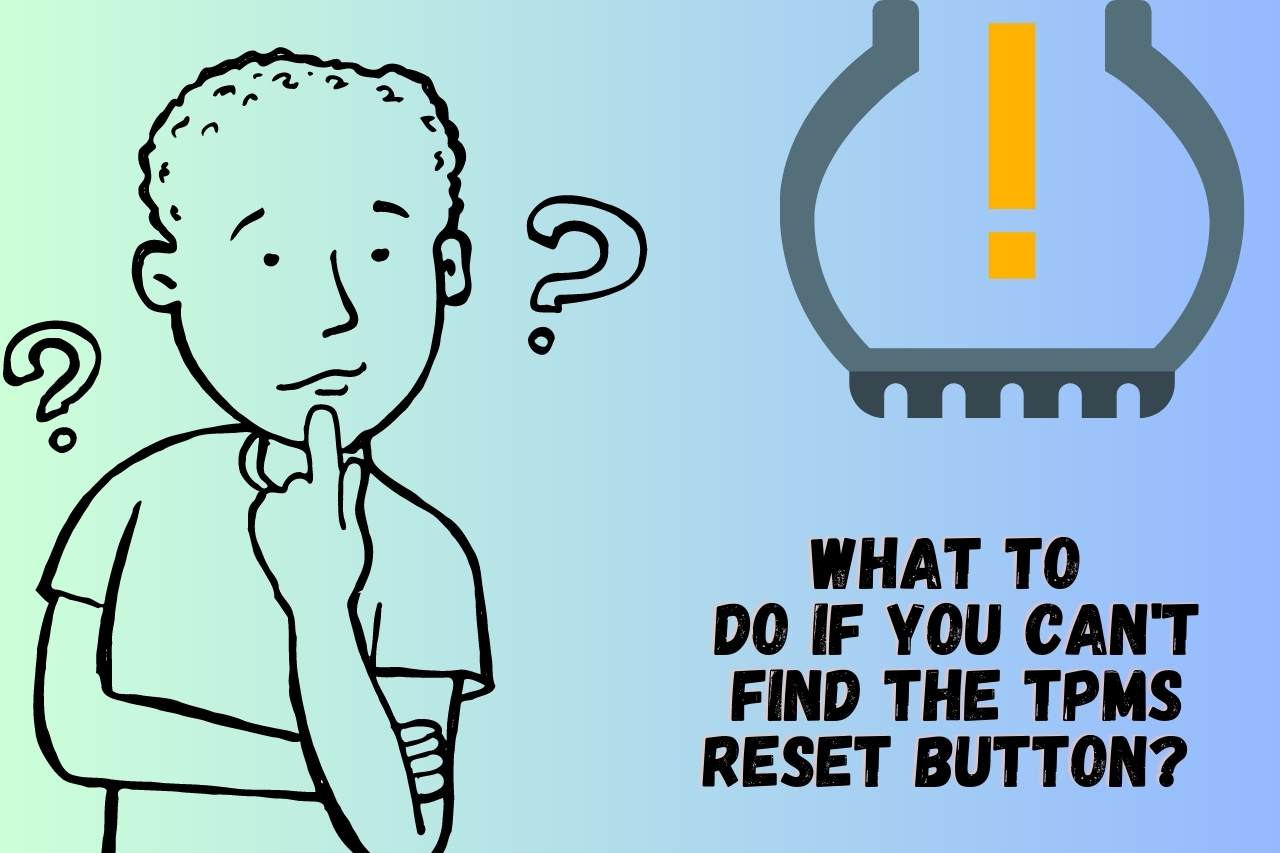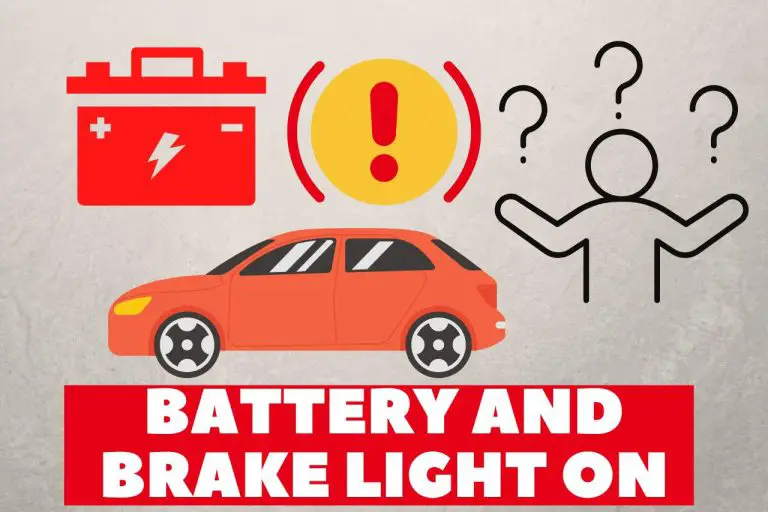Where is the TPMS Reset Button on a Hyundai Elantra? Revealed!
It’s possible that your Hyundai Elantra’s TPMS indicator won’t turn off right away if you’ve recently filled the wheels. Finding the tire-pressure restart button constitutes the initial step to taking care of TPMS issues with the Hyundai Elantra. But where is the TPMS reset button on a Hyundai Elantra?
Your car’s tire pressure monitoring system (TPMS) alerts you when at minimum, any of the wheels are dangerously under-inflated and could lead to a crash. Your sole point of contact with any given road is basically your set of tires. The security of oneself and others is just one of the many reasons why one ought to monitor inflation pressure.
What is TPMS and Why Do you Need to Reset It?
A tire pressure monitoring system, or TPMS, would be a system that uses battery-operated sensors attached to each vehicle’s steering wheel to track inflation pressure and transmit that information back here to the automobile.
The device will notify the operator with a yellow warning indicator on the console if the air capacity inside one or maybe more wheel changes.
Tire temperature is tracked by sensors in TPMS systems. The detectors must be recalibrated to account for changes made by any specific scheduled maintenance or wheel changes.
The device will provide a misleading reading if the monitor in the replacement tire isn’t turned on.
Where is the TPMS Reset Button on a Hyundai Elantra?
Different models may have a different restart button placement.
Hyundai Elantra from 2013
The TPMS pushbutton is situated on the correct side of the center console in a 2013 Hyundai Elantra
Hyundai Elantra for 2019
The TPMS is located on its left column, underneath the panel, on later versions such as the Hyundai Elantra 2019.
Hyundai Elantra from 2012
Inside a 2012 Hyundai Elantra, you may find this TPMS toggle just below the center console.
Hyundai Elantra from 2011
Its tire-pressure pushbutton is located adjacent to the steering column here on the right bottom side of a Hyundai Elantra version from 2011.
Any number of problems, including a fading or dead detector cell, a system that cannot connect with all of the vehicle’s detectors, or low tire inflation inside one or maybe more wheels, might be indicated by a panel TPMS indicator light.
A detector could be broken or lifeless. A tire could need air, maintenance, or repair, as well as a rim could be worn out and require being replaced. You might need to reprogram the system every time a wheel is changed, relocated, or added to the car, as well as whenever you put in new TPMS detectors.
To retrain or reprogram the majority of TPMS sensors, users will need to take some sort of activity. You may learn more about that in the next part of the article.
How to Reset TPMS on a Hyundai Elantra?
When your tires are correctly inflated, the flashing pressure gauge signal should automatically reset. You can try the method below to reboot your unit if the indicator doesn’t turn off.
- Ten minutes of traveling at 50 mph or more. The detector may reset in preparation for the subsequent drive as a result.
- Place the key elsewhere in “On” place inside the ignition when the car is really off, yet refrain from letting it run.
- After the TPMS light has flashed three times, let go of the reset for the TPMS sensor.
- In order for the detector to update, start the automobile and wait 20 minutes. Normally found underneath the steering column, this TPMS restart button. Please refer to your owner’s handbook if you didn’t locate it.
- Each tire should be inflated to 3 PSI more than is suggested before being totally deflated, including the replacement, as it can also have a sensor.
- After making sure they all seem to be level, you may blow them up to the appropriate PSI.
- Use a wrench to unplug the favorable battery connection whenever the car seems to be off.
- Start the automobile, then blare the siren for three to five seconds. Any residual energy in the car will then be discharged.
- Resetting the system requires reconnecting the cell.

What to Do If you Can’t Find the TPMS Reset Button?
You should consult your car’s owner’s handbook if you didn’t find it, as was previously recommended.
The TPMS restart button may be found in a number of places in your car. Although most instructions state that it’s underneath the steering column, that information is a touch deceptive.
This is due to the fact that the position is typically behind the side panel’s outermost left A/C duct. Hence, even though this is “underneath the steering column,” you might not immediately think to look there.
The below locations are more potential ones.
- On the actual steering column.
- The dashboard.
- In the middle console.
- A sophisticated center device’s “Settings” menu.
Resetting the TPMS Light Can be Done in a Few Different Ways
- Every tire should be inflated to 3 PSI more than the suggested pressure before being totally deflated. Devalue all of the tires, then re-inflate them here to recommended PSI.
- Raise the hood when the car is off and cut the positive power wire. For the car to release any remaining energy, switch the ignition to the “On” state and blow the horn for around 3 seconds. The cell is then reconnected.
Common TPMS Issues on Hyundai Elantra
A number of factors, such as exposure to water, shocks, rusting, and friction that use improper rotating parts or nuts while mounting TPMS readings, weak or detached wires, improper tire thicknesses, etc., can have a detrimental impact on the detectors.
The automobile wasn’t really steadily gaining the detectors, then, after installing winter tires, its TPMS sensor alarm would not glow, per a complaint made by a Michigan customer.
An owner via Mississippi asserted that despite using the correct frequency, your Hyundai Elantra would not detect the freshly installed TPMS detectors whenever the tires plus TPMS detectors are replaced.
While driving your car in significantly warmer or colder weather, you must verify the gas pressure as well as change your wheels to the appropriate tire level of inflation.
Make a point of asking the technician to verify the TPMS to assure it is functioning every time you change a wheel or have your car serviced.
Watch this one,
Video Credits – Repair Geek
You May Also Like
- How to Reset Car Computer Without Disconnecting Battery?
- What Does 116t Mean on a Tire? – You Need to Know
- Can Low Transmission Fluid Cause Overdrive Light to Flash?

Madusha is a writer for Autocordon.com and a seasoned mechanic with a profound passion for all things automotive, particularly the intricate world of vehicle transmissions. With years of hands-on experience in the garage, Madusha’s expertise extends from routine maintenance to complex repair solutions. In the bustling auto repair community, Madusha is known not only for precision and skill but also for an enthusiast’s zeal for cars that transcends the workshop.




![Does WD 40 Remove Tint Glue? [Daily Tips]](https://autocordon.com/wp-content/uploads/2022/11/does-wd-40-remove-tint-glue-768x512.jpg)
![AAMCO Transmission Rebuild Cost? [Tips & FAQ]](https://autocordon.com/wp-content/uploads/2022/11/AAMCO-transmission-rebuild-cost-768x512.jpg)


